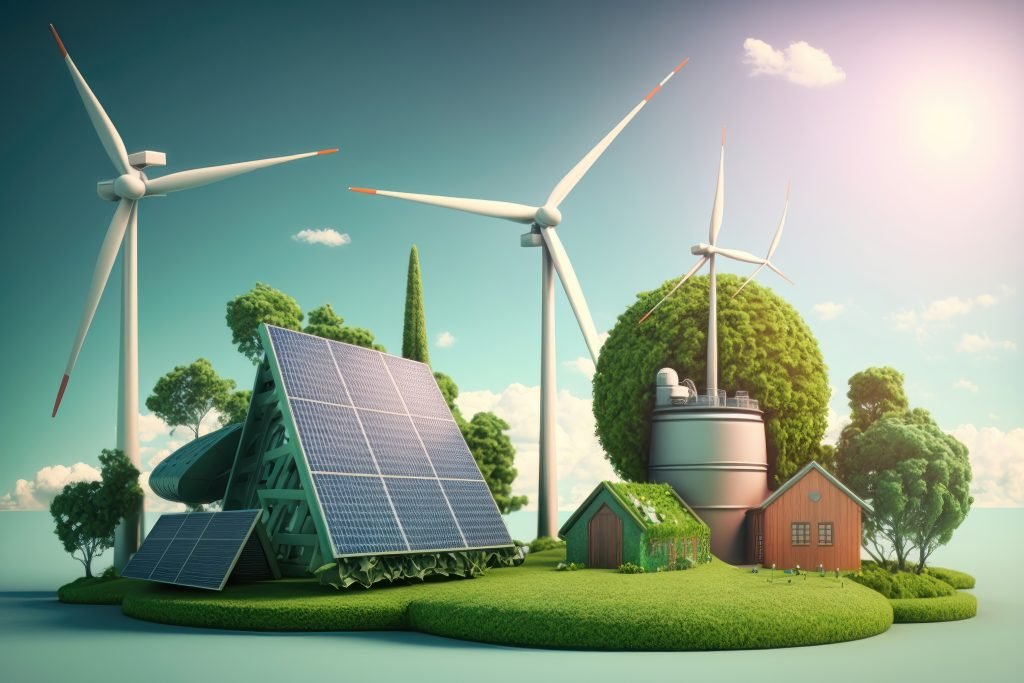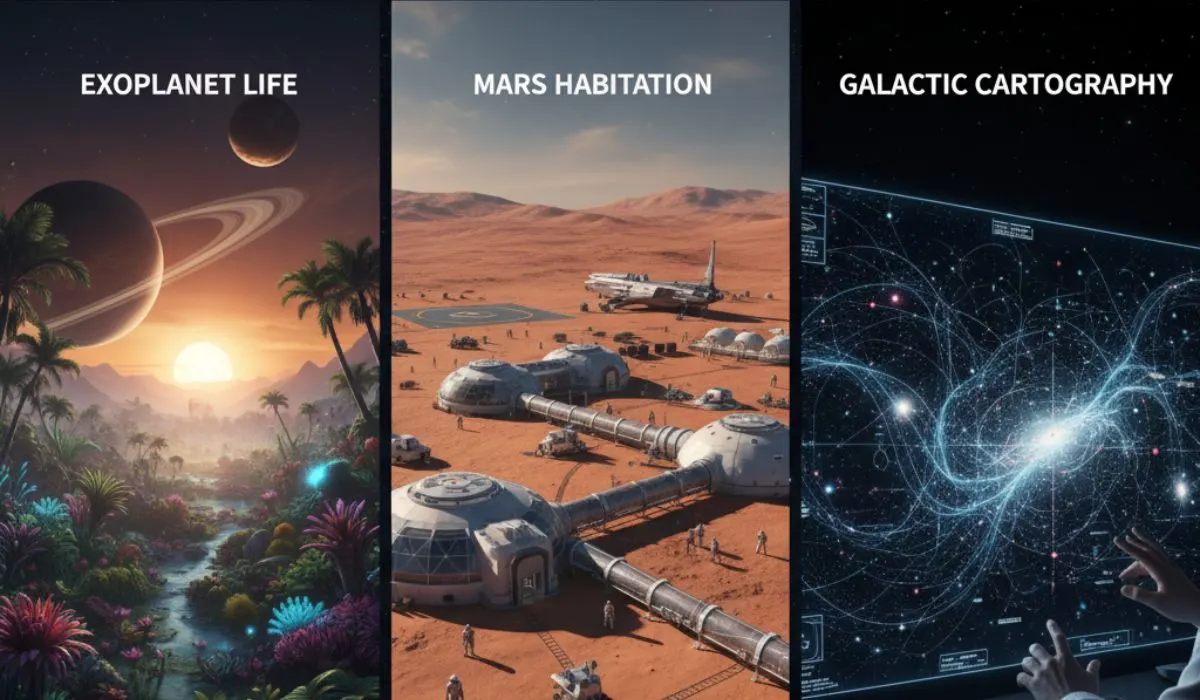Renewable energy initiatives have gained significant traction recently due to growing concerns about climate change and the need for sustainable energy sources. These programs include a broad spectrum of initiatives, from solar and wind farms to hydroelectric and geothermal power facilities. While the benefits of renewable energy are obvious for everyone to see, executing these projects efficiently can be a challenging endeavor. From planning and development to construction and operation, several factors can damage the viability of a renewable energy project. This guide looks at key methods that you can ensure these initiatives operate efficiently from start to completion.
Thorough Planning and Feasibility Studies
Successful renewable energy initiatives begin with comprehensive planning and feasibility studies. This involves assessing the technical, economic, and environmental aspects of the undertaking. Factors such as resource availability, land suitability, regulatory requirements, and financial viability must be meticulously evaluated. Engage experts in the field to undertake comprehensive assessments and identify potential hazards early on. Clear planning establishes the foundation for a seamless execution process.
Stakeholder Engagement and Community Outreach
Effective communication with stakeholders and local communities is essential for the success of these initiatives. Engage with residents, landowners, government officials, and other relevant parties to resolve concerns, garner feedback, and build support for the project. Transparency and open dialogue can help mitigate opposition and ensure smoother permitting and approval processes.
Regulatory Compliance and Permitting

Navigating regulatory requirements and obtaining necessary permits can be complex and time-consuming. Work closely with regulatory agencies to understand and comply with applicable laws and regulations. Streamline the permitting process by providing comprehensive documentation and addressing any concerns promptly. Early engagement with regulators can prevent delays and facilitate simpler project execution.
Robust Project Management
Effective project management is crucial for keeping renewable energy initiatives on track. Establish precise goals, timelines, and milestones, and allocate resources accordingly. Regular monitoring and reporting help identify potential issues early and allow for timely adjustments. Utilize project management tools and methodologies to expedite workflows and optimize efficiency.
Third-Party Asset Management
Consider outsourcing asset management to third-party experts to optimize the performance and longevity of renewable energy assets. These professionals specialize in monitoring, maintenance, and performance optimization, ensuring that assets operate at optimal efficiency. By leveraging their expertise, project proprietors can benefit from proactive maintenance strategies, predictive analytics, and cost-effective solutions. Thirdparty asset management providers also offer valuable insights and recommendations for optimizing energy production and reducing operational costs, helping to maximize the return on investment over the project’s lifecycle. Partnering with experienced asset management firms can expedite operations and enhance the overall success of renewable energy initiatives.
Risk Management
Pinpoint and appraise potential hazards associated with the undertaking, including technical, financial, and environmental risks. Come up with mitigation strategies to deal with these risks and minimize their impact on project delivery. Consider factors such as equipment reliability, supply chain disruptions, weather-related challenges, and fluctuations in energy markets. A proactive approach to risk management can help you to protect project timelines and expenditures.
Quality Assurance and Control
Keeping up high standards of quality throughout the project lifecycle is essential for assuring long-term performance and reliability. Put rigorous quality assurance and control processes in place to monitor construction, installation, and operation activities. Regular inspections, testing, and maintenance help identify and deal with issues before they escalate, assuring the longevity and efficacy of renewable energy assets.
Collaboration and Partnerships
)
Collaborate with experienced contractors, suppliers, and technology providers to leverage their expertise and resources. Forming strategic partnerships can enhance project efficiency, reduce costs, and mitigate risks. Pick partners that have a demonstrated track record in renewable energy initiatives and align incentives to nurture mutual success.
Community Benefits and Local Participation
Incorporate community benefits and local participation initiatives to create a positive impact and enhance project acceptance. Offer employment opportunities, skills training, and economic development programs to benefit local communities. Engage with stakeholders to identify and prioritize community needs and implement initiatives that align with project objectives.
Environmental and Social Responsibility
Adopt environmentally and socially responsible practices throughout the project lifecycle. Minimize environmental impacts by implementing sustainable design and construction techniques, preserving natural habitats, and mitigating wildlife disturbances. Respect cultural heritage and indigenous rights by engaging with local communities and taking on board their input into project planning and execution.
Continuous Monitoring and Optimization
Once the renewable energy project is operational, continuous monitoring and optimization are essential for maximizing performance and efficiency. Make the most of data analytics and predictive maintenance technologies to monitor equipment health, optimize energy output, and identify opportunities for improvement. Regular performance evaluations and feedback channels enable continuous learning and refinement of project operations.
Ensuring Renewable Energy Projects Run Smoothly
Renewable energy initiatives have gained significant traction recently due to growing concerns about climate change and the need for sustainable energy sources. These programs include a broad spectrum of initiatives, from solar and wind farms to hydroelectric and geothermal power facilities. While the benefits of renewable energy are obvious for everyone to see, executing these projects efficiently can be a challenging endeavor. From planning and development to construction and operation, several factors can damage the viability of a renewable energy project. This guide looks at key methods that you can ensure these initiatives operate efficiently from start to completion.
Thorough Planning and Feasibility Studies
Successful renewable energy initiatives begin with comprehensive planning and feasibility studies. This involves assessing the technical, economic, and environmental aspects of the undertaking. Factors such as resource availability, land suitability, regulatory requirements, and financial viability must be meticulously evaluated. Engage experts in the field to undertake comprehensive assessments and identify potential hazards early on. Clear planning establishes the foundation for a seamless execution process.
Stakeholder Engagement and Community Outreach
Effective communication with stakeholders and local communities is essential for the success of these initiatives. Engage with residents, landowners, government officials, and other relevant parties to resolve concerns, garner feedback, and build support for the project. Transparency and open dialogue can help mitigate opposition and ensure smoother permitting and approval processes.
Regulatory Compliance and Permitting
Navigating regulatory requirements and obtaining necessary permits can be complex and time-consuming. Work closely with regulatory agencies to understand and comply with applicable laws and regulations. Streamline the permitting process by providing comprehensive documentation and addressing any concerns promptly. Early engagement with regulators can prevent delays and facilitate simpler project execution.
Robust Project Management

Effective project management is crucial for keeping renewable energy initiatives on track. Establish precise goals, timelines, and milestones, and allocate resources accordingly. Regular monitoring and reporting help identify potential issues early and allow for timely adjustments. Utilize project management tools and methodologies to expedite workflows and optimize efficiency.
Third-Party Asset Management
Consider outsourcing asset management to third-party experts to optimize the performance and longevity of renewable energy assets. These professionals specialize in monitoring, maintenance, and performance optimization, ensuring that assets operate at optimal efficiency. By leveraging their expertise, project proprietors can benefit from proactive maintenance strategies, predictive analytics, and cost-effective solutions. Thirdparty asset management providers also offer valuable insights and recommendations for optimizing energy production and reducing operational costs, helping to maximize the return on investment over the project’s lifecycle. Partnering with experienced asset management firms can expedite operations and enhance the overall success of renewable energy initiatives.
Risk Management
Pinpoint and appraise potential hazards associated with the undertaking, including technical, financial, and environmental risks. Come up with mitigation strategies to deal with these risks and minimize their impact on project delivery. Consider factors such as equipment reliability, supply chain disruptions, weather-related challenges, and fluctuations in energy markets. A proactive approach to risk management can help you to protect project timelines and expenditures.
Quality Assurance and Control
Keeping up high standards of quality throughout the project lifecycle is essential for assuring long-term performance and reliability. Put rigorous quality assurance and control processes in place to monitor construction, installation, and operation activities. Regular inspections, testing, and maintenance help identify and deal with issues before they escalate, assuring the longevity and efficacy of renewable energy assets.
Read Also: Exploring the Wonders of Biodiversity
Collaboration and Partnerships
Collaborate with experienced contractors, suppliers, and technology providers to leverage their expertise and resources. Forming strategic partnerships can enhance project efficiency, reduce costs, and mitigate risks. Pick partners that have a demonstrated track record in renewable energy initiatives and align incentives to nurture mutual success.
Community Benefits and Local Participation
Incorporate community benefits and local participation initiatives to create a positive impact and enhance project acceptance. Offer employment opportunities, skills training, and economic development programs to benefit local communities. Engage with stakeholders to identify and prioritize community needs and implement initiatives that align with project objectives.
Environmental and Social Responsibility

Adopt environmentally and socially responsible practices throughout the project lifecycle. Minimize environmental impacts by implementing sustainable design and construction techniques, preserving natural habitats, and mitigating wildlife disturbances. Respect cultural heritage and indigenous rights by engaging with local communities and taking on board their input into project planning and execution.
Continuous Monitoring and Optimization
Once the renewable energy project is operational, continuous monitoring and optimization are essential for maximizing performance and efficiency. Make the most of data analytics and predictive maintenance technologies to monitor equipment health, optimize energy output, and identify opportunities for improvement. Regular performance evaluations and feedback channels enable continuous learning and refinement of project operations.







